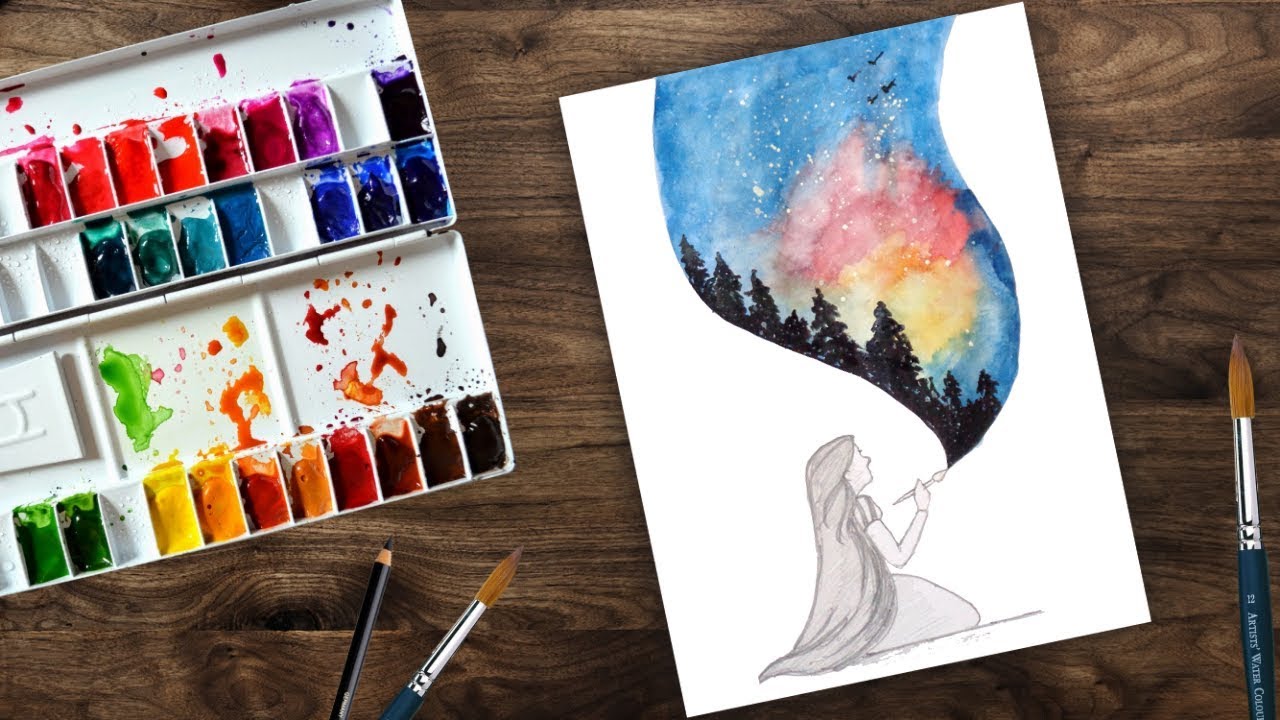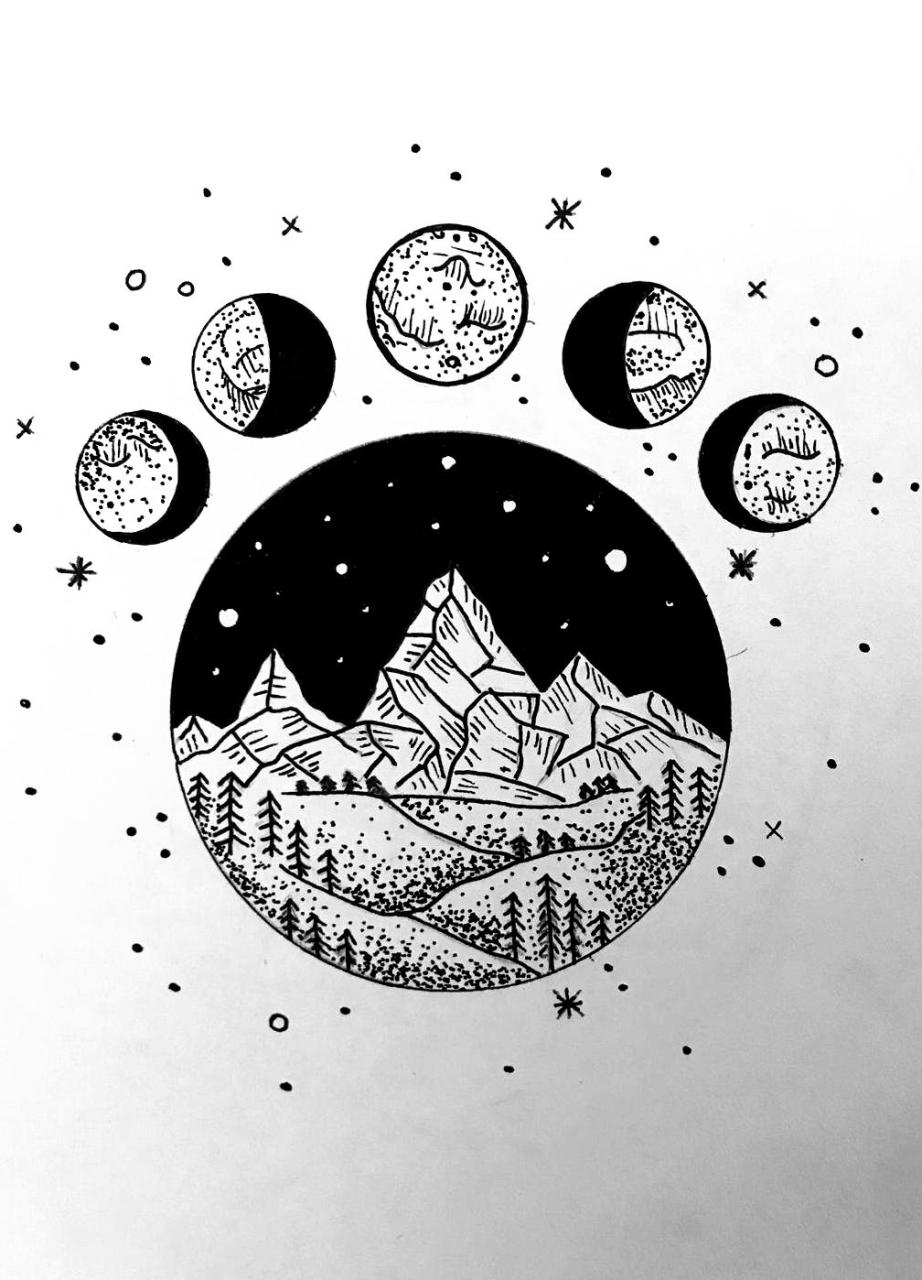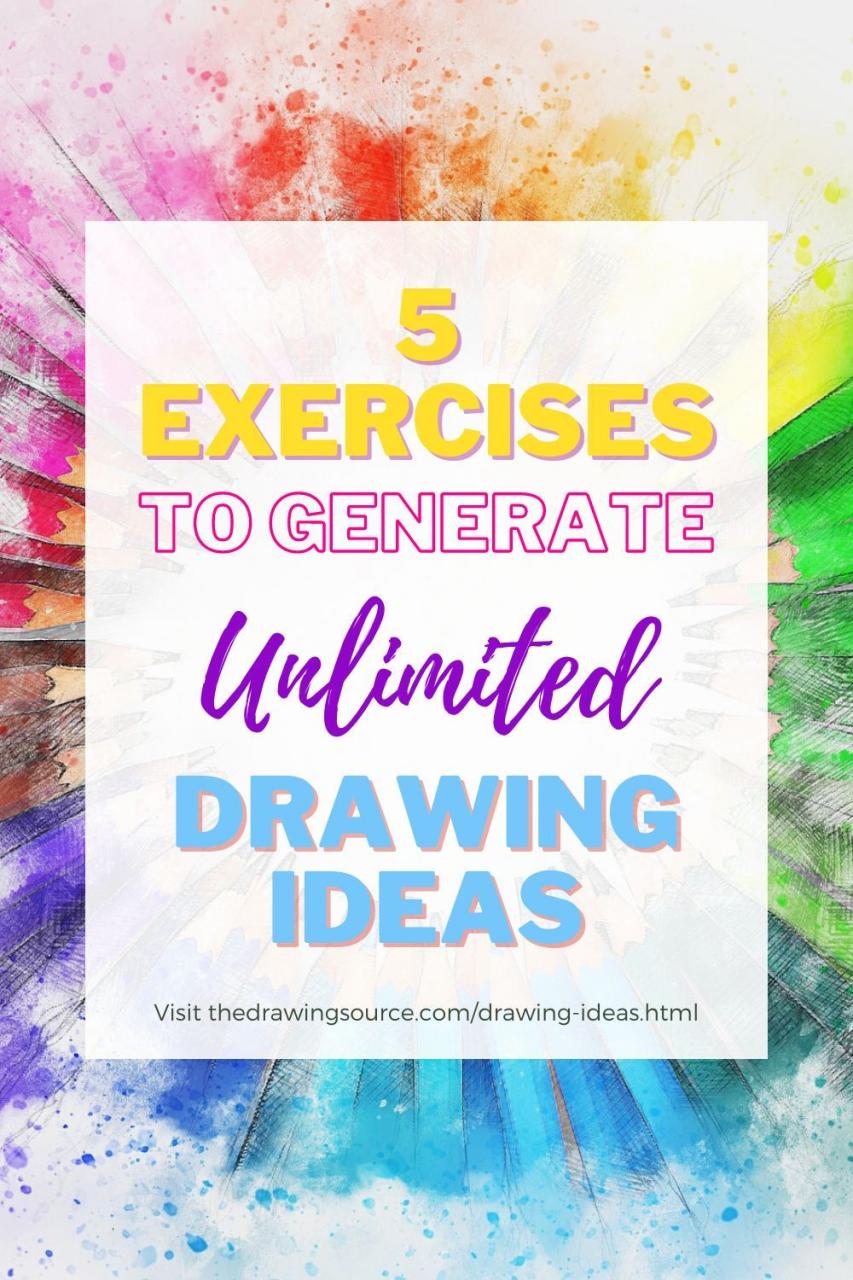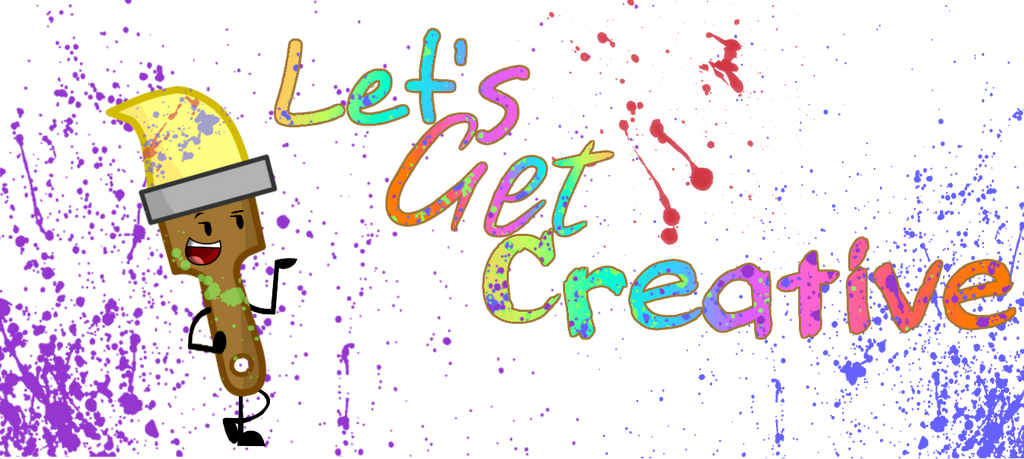With enthusiasm, let’s navigate through the intriguing topic related to Let’s Get Creative! Drawing Adventures for Young Artists. Let’s weave interesting information and offer fresh perspectives to the readers.
Introduction
Let’s Get Creative! Drawing Adventures for Young Artists

Hey there, young artist! I’m so excited to embark on this drawing journey with you. Drawing is like magic – you can create anything you can imagine, just with a pencil and paper! It’s a fun way to express yourself, explore your creativity, and even learn about the world around you.
Before we dive into the drawing techniques, let me ask you a few questions to tailor this journey just for you:
- What are you most excited to draw? Do you love animals, magical creatures, or maybe landscapes?
- Have you drawn before? If so, what have you drawn in the past?
- What kind of drawing materials do you have at home? Do you have pencils, crayons, markers, or something else?

Now, let’s get started!
The Building Blocks of Drawing:
-
Lines: Lines are the foundation of every drawing. Think of them as tiny little strokes that come together to create shapes, textures, and even emotions!
- Practice: Try drawing different kinds of lines – straight, curved, wavy, zig-zag. Experiment with the pressure you apply to your pencil to create thick and thin lines.
- Fun Tip: You can even use your lines to tell a story! Imagine a line that represents a winding road, a squiggly line that’s a playful worm, or a long, straight line that’s a tall skyscraper.

-
Shapes: Shapes are like the building blocks of everything we see. They can be simple, like circles and squares, or more complex, like triangles and stars.
- Practice: Draw different shapes, big and small. You can even combine shapes to create new ones!
- Fun Tip: Look around your room and see if you can identify the shapes that make up the objects you see. Is your chair made of squares and circles? Does your lamp have a triangle-shaped shade?


Values: Values are different shades of gray, from black to white. They help us create depth and dimension in our drawings, making them look more realistic.
- Practice: Use your pencil to create different shades of gray. You can use light pressure for lighter shades and heavier pressure for darker shades.
- Fun Tip: Look at a photo or a real-life object and try to identify the different values you see. What parts are the lightest? What parts are the darkest?
-
Texture: Texture is the surface quality of an object, like smooth, rough, bumpy, or fuzzy. We can use lines, shapes, and values to create different textures in our drawings.
- Practice: Try drawing different textures, like the smooth surface of a ball, the rough bark of a tree, or the fluffy fur of a cat.
- Fun Tip: Use your fingers to feel the texture of different objects and then try to recreate that texture in your drawing.

Drawing Techniques:
-
Contour Drawing: Contour drawing is all about drawing the outline of an object. It’s a great way to practice your observation skills and learn about the shapes and forms of objects.
- Practice: Choose an object, like a fruit or a toy, and try to draw its outline without lifting your pencil from the paper. Focus on the curves and edges of the object.
- Fun Tip: You can even try contour drawing with your eyes closed! This will help you develop your sense of touch and memory.
-
Hatching and Cross-Hatching: Hatching and cross-hatching are techniques that use lines to create different values and textures.
- Practice: Draw a series of parallel lines close together to create a dark value. Then, draw another set of parallel lines over the first set, but at a different angle, to create cross-hatching.
- Fun Tip: You can experiment with different types of hatching and cross-hatching to create different textures, like fur, wood, or water.
-
Shading: Shading is the process of using values to create depth and dimension in your drawings.
- Practice: Choose a simple object, like a ball, and practice shading it. Start with the lightest value and gradually add darker values to create the illusion of a round shape.
- Fun Tip: Use a light source, like a lamp, to help you see the shadows and highlights on the object.
The Benefits of Drawing:
Drawing is more than just a fun activity – it’s a powerful tool that can help you learn and grow in many ways! Here are just a few of the benefits of drawing:
- Improved Observation Skills: Drawing forces you to pay attention to the details of the world around you. You learn to notice shapes, colors, textures, and even emotions in a way you never did before.
- Enhanced Creativity: Drawing allows you to express yourself freely and explore your imagination. You can create anything you can dream up!
- Increased Problem-Solving Skills: Drawing involves making decisions about how to represent objects and ideas on paper. This helps you develop your problem-solving skills and find creative solutions to challenges.
- Improved Hand-Eye Coordination: Drawing requires you to coordinate your hand movements with what you see. This helps improve your hand-eye coordination and fine motor skills.
- Stress Relief: Drawing can be a relaxing and therapeutic activity. It allows you to focus your attention on something creative and forget about your worries.
FAQs:
1. What kind of pencils should I use for drawing?
There are many different types of pencils, but for beginners, I recommend using HB pencils. They are a good all-around pencil that can create a range of values. As you get more comfortable with drawing, you can experiment with other pencils, like 2B or 4B for darker values, or H or 2H for lighter values.
2. How do I get better at drawing?
The best way to get better at drawing is to practice regularly. Start with simple exercises, like drawing lines and shapes, and gradually work your way up to more complex drawings. Don’t be afraid to make mistakes – they are part of the learning process!
3. What if I can’t draw well?
Everyone starts somewhere! Don’t worry if your drawings don’t look perfect. The most important thing is to have fun and enjoy the process of creating. Remember, practice makes perfect!
4. What are some fun drawing ideas?
There are endless possibilities! You can draw anything you like – animals, people, landscapes, objects, or even your own imaginary creations. Look around your room for inspiration, or find pictures in books or magazines.
5. How can I share my drawings with others?
You can share your drawings with your friends and family, or even post them online! There are many websites and social media platforms where you can share your artwork with the world.
Remember, drawing is a journey, not a race. Have fun exploring, experimenting, and creating your own unique artwork! Keep drawing, and never stop believing in your artistic abilities. You are a talented artist, and I can’t wait to see what amazing things you create!

Thus, we hope this article has provided valuable insights into Downloads Let’s Get Creative! Drawing Adventures for Young Artists. We thank you for taking the time to read this article. See you in our next article!
 apapunada.my.id News Bisnis Technology Tutorial
apapunada.my.id News Bisnis Technology Tutorial